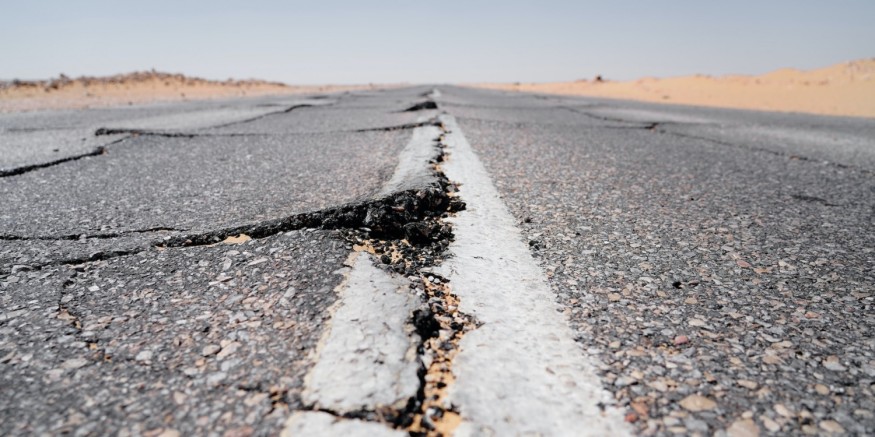Earthquakes are some of the natural disasters that we know today due to their unpredictability and destructive power.
Since the earliest recordings of these seismic events a few hundred years ago, quakes of varying intensity under the Richter magnitude scale and the Gutenberg-Richter scale can cause widespread infrastructural damage and even casualties.
Main identifiable earthquakes are sometimes even by typically smaller tremors called aftershocks, adding to the event's intensity.
Conventional seismology, which is the scientific field of study of earthquakes and seismic waves, tells us that aftershocks occur not too long following a main earthquake, particularly only after hours, days, or weeks.
However, these aftershocks may even last for weeks or months.
Now, a new study led by scientists from the United States and China revealed that some contemporary earthquakes could be aftershocks of quakes that occurred 200 years ago.
Aftershocks After 200 Years

In the study published in the Journal of Geophysical Research: Solid Earth on November 7, researchers explored the "controversial" seismicity in the New Madrid seismic zone and the rest of stable North America.
They cited that some workers view contemporary earthquakes or present-day earthquakes there as long-lived aftershocks rather than new quakes.
Meanwhile, some view them as "background seismicity" stuck in lithospheric weak zones.
However, this distinguishment is not simple and the authors of the new research acknowledged that separating long-lived aftershocks from background seismicity is challenging.
This assessment comes after the study found that some of today's earthquakes in the said regions could be aftershocks from seismic tremors during the 19th century when the modern seismograph was invented by English scientist John Milne.
Nearest-Neighbor Method
Researchers involved in the Journal of Geophysical Research: Solid Earth study used the nearest-neighbor (NN) method to detect long-lived aftershocks by calculating the distances between earthquake pairs within a space-time-magnitude domain.
The method implies that if the distances are too close to be assumed for independent background events, the pairs are considered as clustered events. This means that the second tremor in a pair is an aftershock of the first one.
The results of the study show that the 1811-1812 New Madrid mainshocks led to long-lived aftershocks in the New Madrid region between 1980 and 2016 under the guise of contemporary earthquakes.
Furthermore, the researchers suggested that the modern-day seismicity in stable North America and possibly in other stable continents also includes both background seismicity and long-lived aftershocks.
Earthquake Swarms
Aftershocks are often confused with earthquake swarms, which are characterized as small pockets of relatively weak tremors that occur in large number and frequency within a short period.
The United States Geological Survey (USGS) defines aftershocks as a "sequence of earthquakes" that occurs after a larger mainshock along a fault line or near the fault zone.
Meanwhile, an earthquake swarm is a "sequence of mostly small earthquakes" with no identifiable mainshock, the USGS explained.
Related Article: 8 Most Disastrous and Deadliest Earthquakes From the Last Decade
© 2025 NatureWorldNews.com All rights reserved. Do not reproduce without permission.

